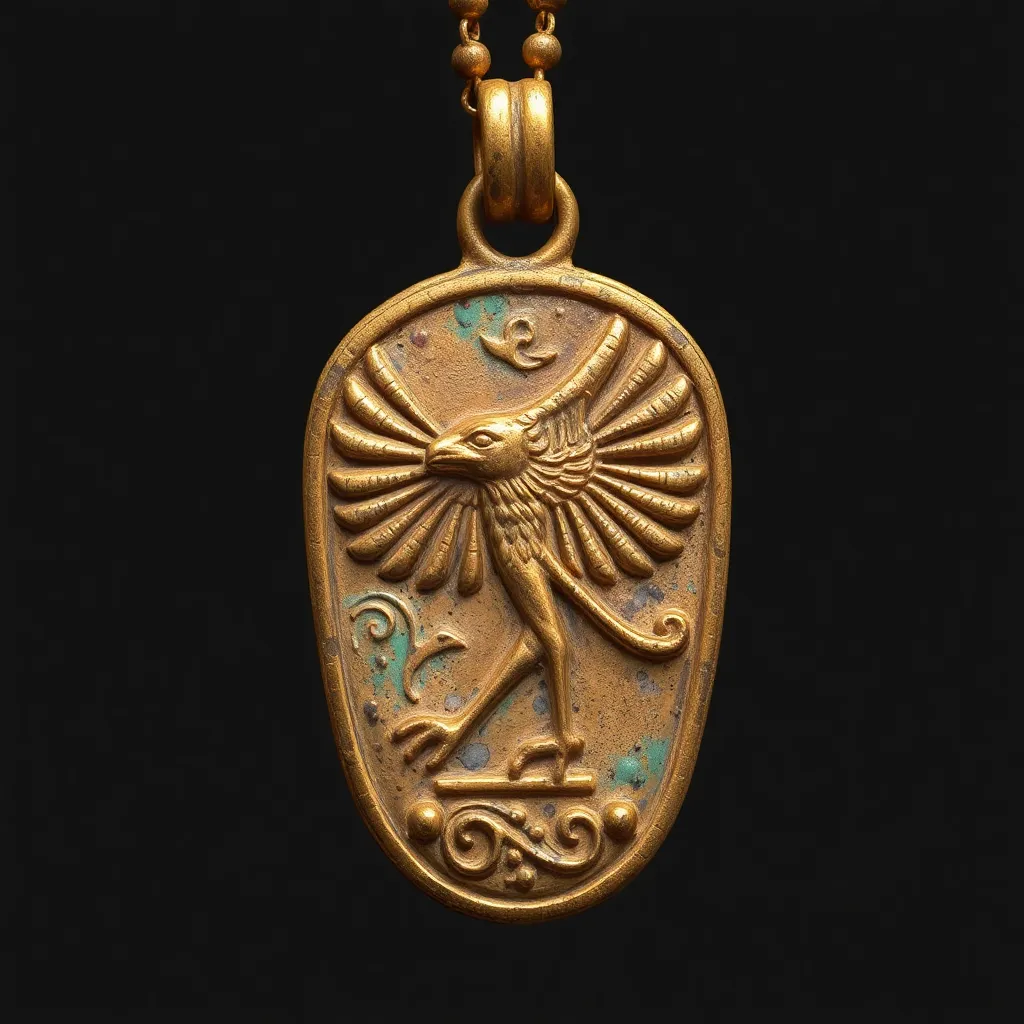Amulets for Travelers: Protection on Journeys in Ancient Egypt
I. Introduction
In Ancient Egyptian culture, amulets held immense significance, serving as potent symbols of protection, health, and well-being. These small objects were imbued with spiritual meaning and were commonly used by individuals throughout their lives, especially during journeys. The importance of protection during travel in ancient times cannot be overstated, as travel was fraught with dangers ranging from natural hazards to threats from other people.
The purpose of this article is to explore the fascinating world of traveler amulets in Ancient Egypt, detailing their historical context, types, rituals, and the legacies they left behind. We will delve into how these amulets provided not just physical protection but also spiritual reassurance to those embarking on journeys.
II. Historical Context of Travel in Ancient Egypt
Travel in Ancient Egypt was essential for trade, pilgrimage, and military expeditions. The Nile River served as a major artery for transportation, while land routes connected various regions, including bustling cities like Thebes and Memphis.
- Common travel routes: The Nile River, desert trade routes, and paths leading to sacred sites.
- Popular destinations: Temples, oases, and trading hubs.
Travelers faced numerous risks, including:
- Harsh weather conditions
- Bandit attacks
- Injuries or illness
The role of religion and spirituality in travel was paramount. Many Egyptians believed that the gods watched over their journeys, and invoking divine protection through amulets was a common practice.
III. Types of Amulets Used by Travelers
The amulets used by travelers varied widely in shape, material, and symbolic meaning. Common materials included:
- Stone
- Wood
- Metal
- Glass
Among the most notable travel-related amulets were:
- The Scarab: Symbolizing rebirth and protection, scarabs were often worn to ensure safe passage.
- The Ankh: Representing life, the ankh was believed to provide spiritual protection.
The symbolism behind these amulets was rich and varied, with each design carrying its unique significance related to the journey ahead.
IV. Beliefs and Rituals Surrounding Amulets
The creation and consecration of amulets involved specific rituals to imbue them with protective powers. Artisans would carve or mold the amulets, while priests performed rituals to bless them.
Before embarking on a journey, travelers often engaged in rituals that included:
- Prayers to deities
- Offerings at temples
- Personal invocations for safety
The role of priests and spiritual leaders was crucial in these practices, as they were believed to have the ability to connect with the divine and ensure that the amulets were potent with protective energy.
V. Famous Travelers and Their Amulets
Throughout history, several notable figures are known for their travels across the ancient world. These travelers often carried specific amulets believed to provide them with protection and guidance.
- Hatshepsut: The famous female pharaoh who undertook trading expeditions to Punt carried a scarab amulet for protection.
- Thutmose III: Known as the Napoleon of Egypt, he wore an ankh amulet during his military campaigns.
Accounts of these amulets suggest that they played a significant role in the experiences and successes of these travelers, providing not only protection but also a sense of divine favor.
VI. Archaeological Discoveries of Traveler Amulets
Significant archaeological finds have provided insight into the use of amulets by travelers in Ancient Egypt. Excavations have uncovered amulets in tombs and burial sites, highlighting their importance in both life and death.
Some notable discoveries include:
- Amulets found in the Valley of the Kings
- Traveler amulets in ancient trade routes
- Amulets discovered in royal tombs indicating the beliefs surrounding protection for the afterlife
These discoveries have shed light on the beliefs surrounding travel and the necessity of protection, revealing a culture steeped in spiritual practices.
VII. Modern Interpretations of Ancient Egyptian Traveler Amulets
In contemporary culture, there has been a revival of interest in ancient amulets and their meanings. Modern travelers often seek to incorporate these ancient beliefs into their journeys, reflecting on the blend of history and spirituality.
Some ways in which modern travelers use these ancient practices include:
- Wearing replicas of ancient amulets
- Engaging in rituals before travel
- Exploring the historical significance of sites related to ancient journeys
This fusion of ancient practices with modern spirituality illustrates the enduring legacy of the beliefs that once guided travelers in Ancient Egypt.
VIII. Conclusion
Amulets for travelers in Ancient Egypt were more than mere objects; they represented deep-seated beliefs about protection, spirituality, and the journey of life itself. The practices surrounding these amulets reflect a society that valued safety and divine favor, highlighting the importance of spirituality in every aspect of life, especially during travel.
Today, the legacy of these ancient practices continues to resonate with modern travelers, who seek to find meaning and protection in their journeys. The blend of history, spirituality, and the universal desire for safety remains a vital part of our collective experience as we navigate the paths before us.




